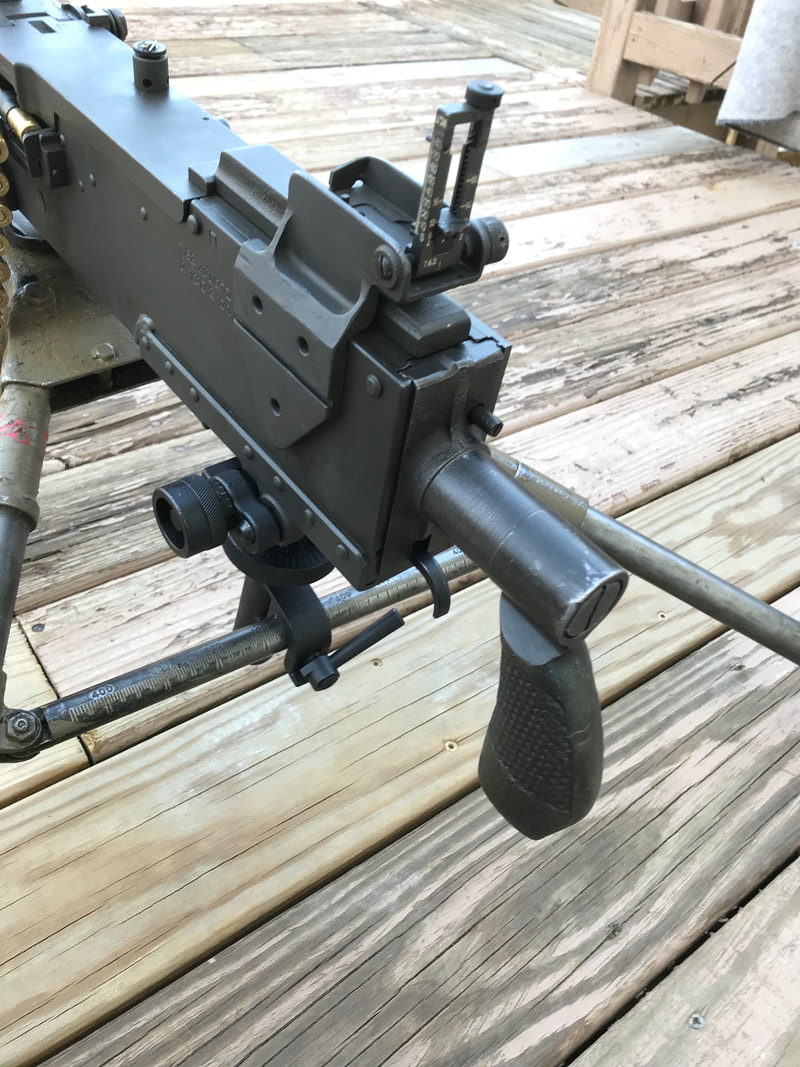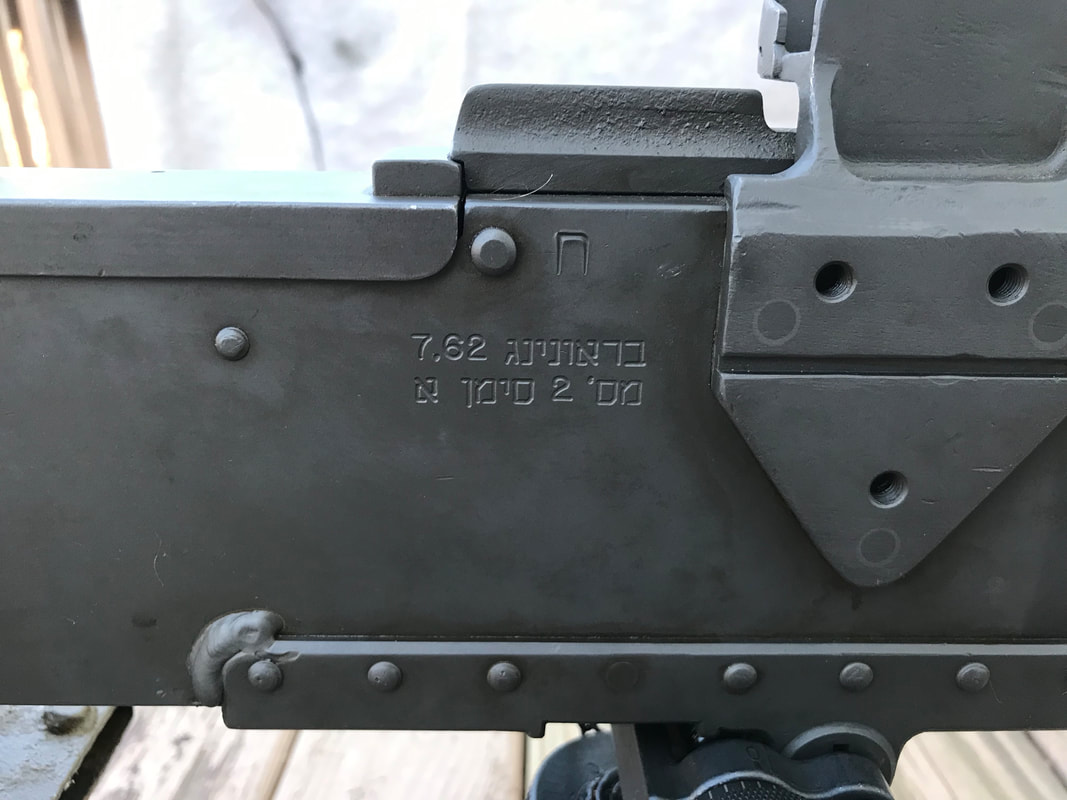|
On this day in history in 1945 elements of the U.S. Army began to flow across the recently captured Ludendorff Bridge over the Rhine. American forces unexpectedly captured the still standing (but badly damaged) bridge after defending German forces failed to destroy it. The bridge stood for 10 days after its capture, and it and the surrounding area was subjected to artillery barrages, V-2 rocket attacks, aerial bombardment, Nazi “Frogmen”, and conventional ground attack. The bridge helped deliver six divisions of Soldiers and equipment across the river, and likely helped shorten the war, with victory in Europe being declared only two months later. One weapon that was surely present in great numbers on the bridge is the U.S. Browning 1919A4. This medium machine gun was the primary machine gun for US forces during WW2, and went on to serve with American forces through Vietnam before being eventually phased out by the M-60. Despite being a 100-year-old design it still continues to serve in various conflicts around the world. While there was a variant that had a bipod and buttstock (the 1919A6) 1919s were most commonly employed mounted on a tripod for ground based use. They also saw service mounted on jeeps, tanks, watercraft and aircraft, some in stock configuration and others modified for specific purposes The 1919a4 is a crew-served weapon, and to be employed needs a small group to keep it fed and firing effectively. The weapon itself is 31lbs, the tripod, pintle, and traverse and elevation mechanism (T&E) add another 15+ lbs, and then any ammo needs to be accounted for as well. While two people can make it work, anyone who has spent time humping a machine gun around the woods (in training or otherwise) knows that 3-4 people make it a little more manageable if you are on the move The weapon can feed from either disintegrating metal links or cloth belts, and was originally chambered in 30-06. This particular weapon was used post WW2 by the Israelis and was converted to 7.62 NATO while in their service. Many former IDF parts kits were imported into the US, and rebuilt into semi-automatic weapons using U.S. made “right side plates” which are the controlled part of assembly that is actually tracked as the firearm There are a number of distinctive features that differentiate an Israeli used weapon from one that exclusively saw U.S. service (arguably all substantial improvements to the original design). To a serious living historian or reenactor these must be corrected before being put into public use. As-is, it is one hell of a fun, historical and unusual weapon to send rounds downrange with, highlight one of the most famous arms-designers in the world, and fill the belt-fed itch without going the NFA route.
If you want to know how the weapon works, check out this badass video: https://www.facebook.com/SDIschools/videos/262788877955591/ It is an M2 .50 caliber cutaway, but they operate on the same principle.
0 Comments
Leave a Reply. |
Jon K.Weapons collector, history buff, Army officer, Pug enthusiast. Archives
December 2020
Categories
All
|






 RSS Feed
RSS Feed
